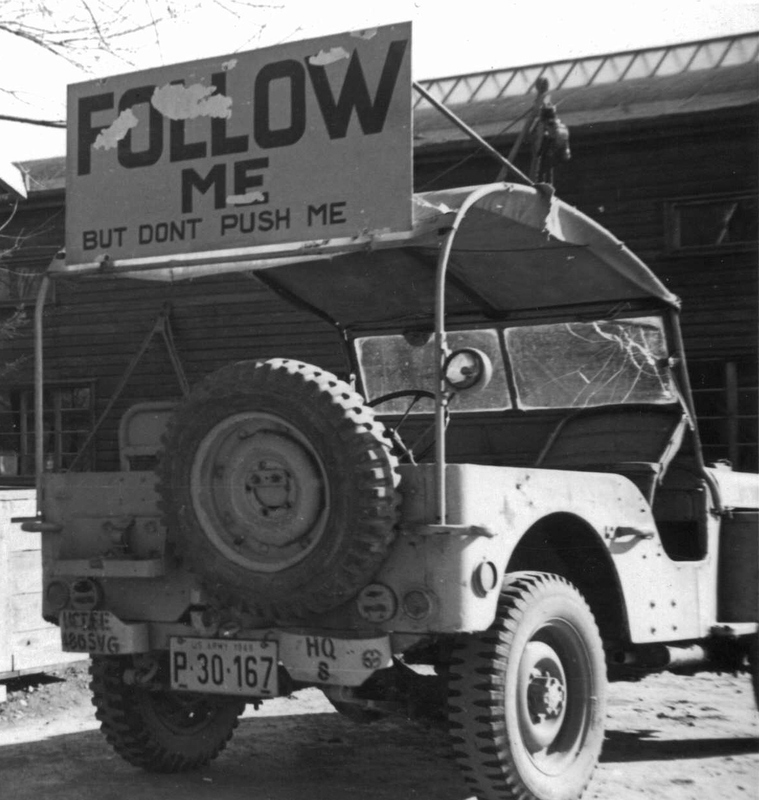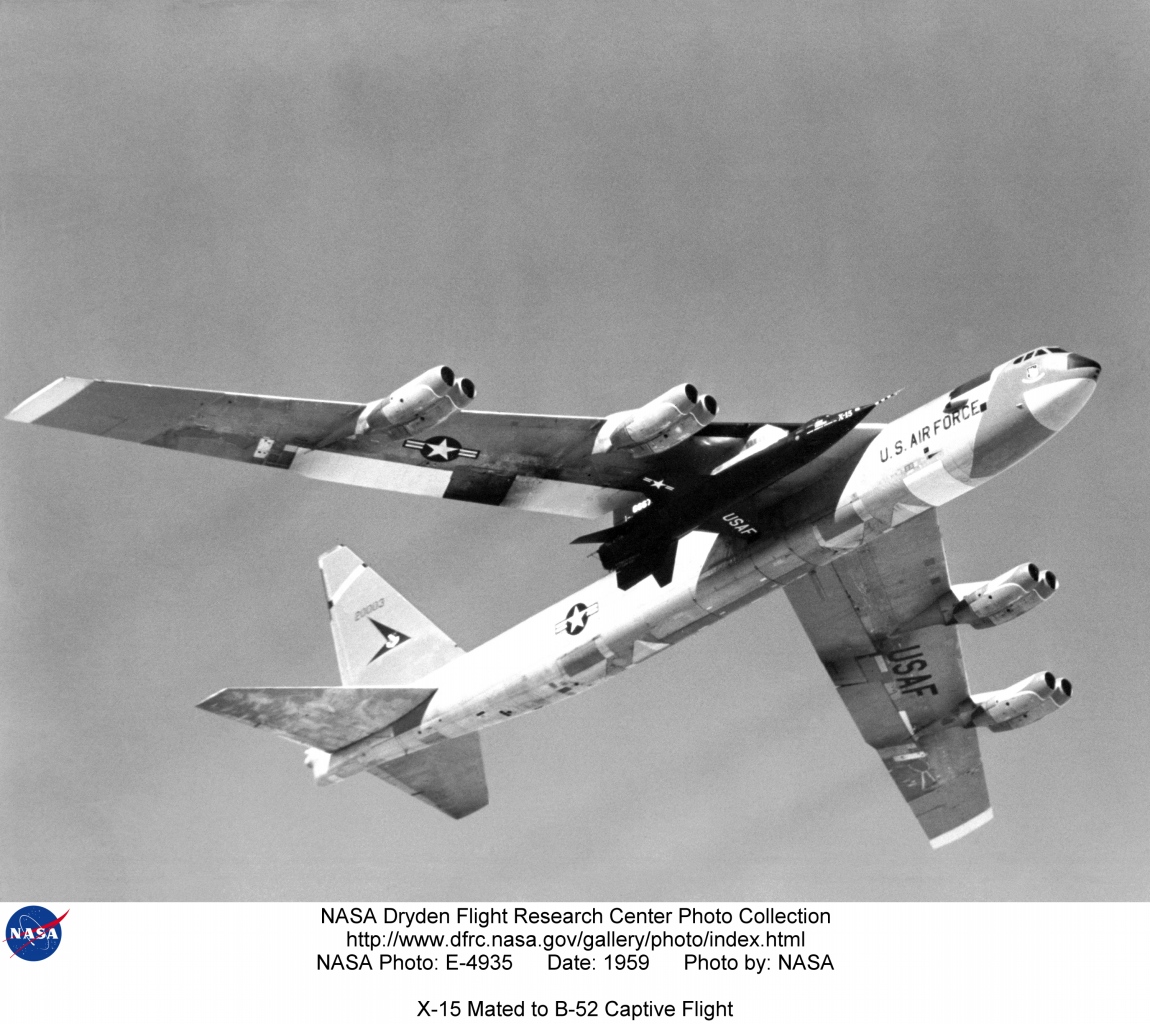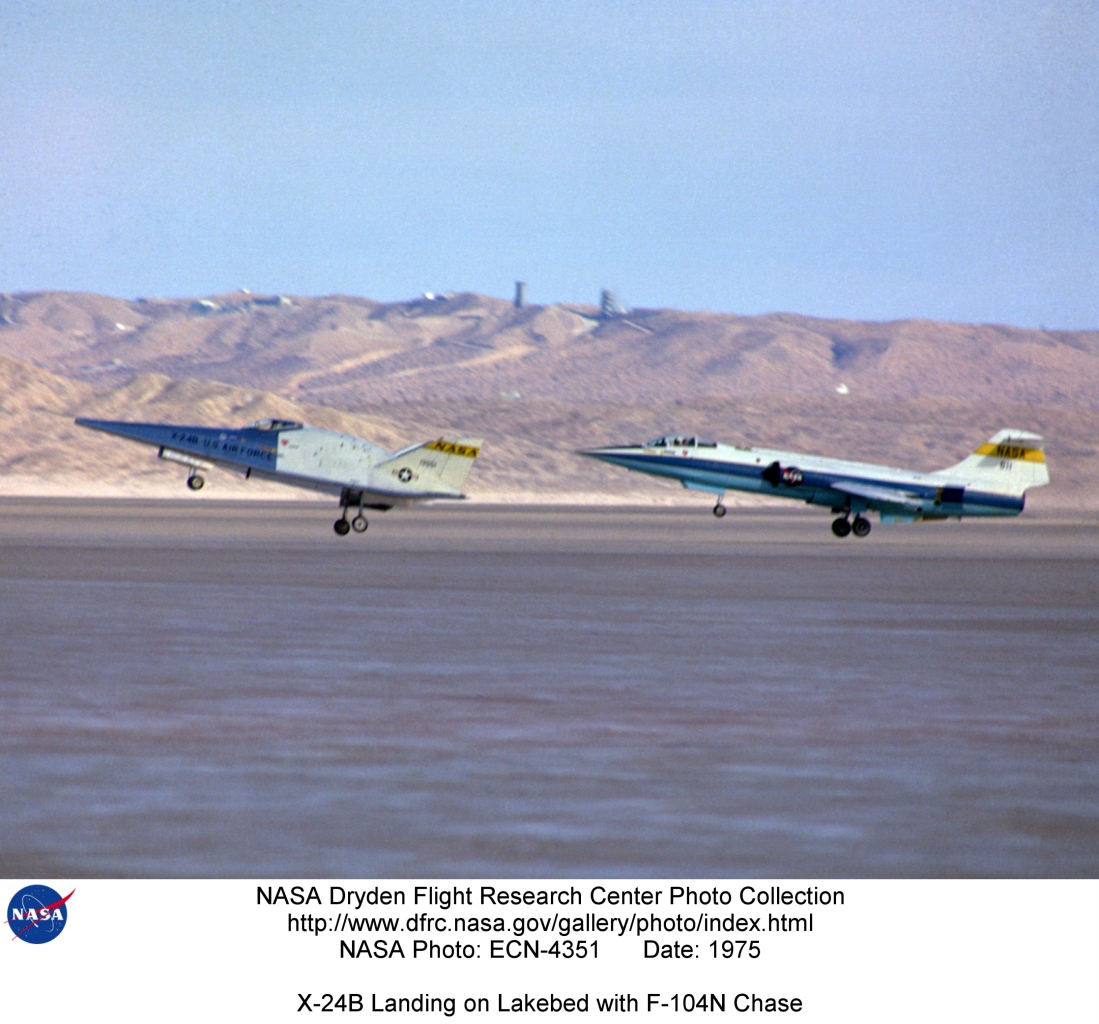The next few days look pretty light in terms of major space anniversaries,* so it’s as good a time as any to run through a series of blog posts on taxes. Not on how to do your taxes (I use TurboTax, just like our Treasury Secretary … make what you will of that), but on a few tax ideas I’ve had rattling around in my head. I want to get them out of my head, because I need to make room for some other things up there.
I’ve written about taxes in the past, and thought a lot about them during last year’s Presidential campaign; maybe I should’ve logged all these things in my scribblings on the Anti-Campaign. Instead, I wrote an essay on one of the ideas and I’ve been shopping around that essay for months. At the moment, it’s submitted to Reason magazine (even though they would probably prefer my essay on The Ornery American web site, “Taxes, Direct Deposit, and Choice”).
The essay that Reason is considering — at least, I hope they’re actually considering it — has to do with the U.S. corporate tax rate. Many people know that our 35% corporate tax rate is one of the highest in the world, meaning that companies can do better financially if they either move to places with lower tax rates or find creative loopholes that reduce their tax liabilities. At the same time, corporations are under scrutiny for how much they pay their top executives. My essay proposed making the corporate tax rate variable according to the “pay gap” between the highest- and lowest-paid company employees: i.e., companies could self-select a lower tax rate if they reduce the gap in employee pay.
So, while I’m waiting to hear from Reason, I thought I’d toss out some of the other ideas I’ve had about taxes and tax policy. Starting tomorrow, over the next few days I’ll present ideas about encouraging investment, rewarding instead of punishing savings, reducing the tax burden on new businesses, and a few other ideas. Hope you enjoy it!
___
*Considering our trend of focusing on anniversaries in 5-year increments.











